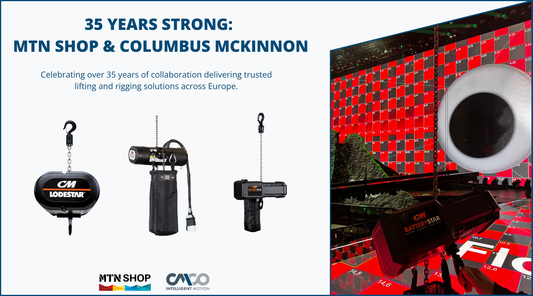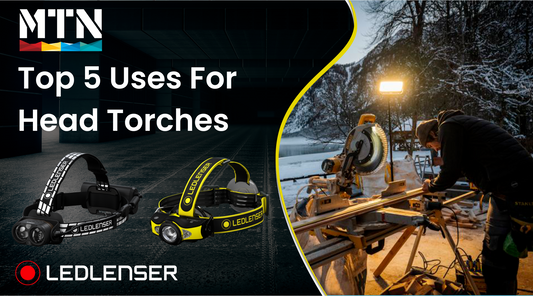Wire Rope Slings for Rigging & Material Handling
Article
Whether you’re in rigging or the industrial sector, material handling is an important aspect of the job. Any instance where materials need to be moved from one location to another, whether to manufacture, sell, or utilize products requires the proper equipment. Because the mishandling of materials is the largest cause of accidents and injuries in the workplace, we recommend using mechanical means whenever possible. With the proper equipment, most accidents can be avoided.
Some of the most common types of material handling equipment include cranes, derricks, hoists, powered industrial trucks, and conveyors. When using cranes, derricks, and hoists to move material, it is necessary to use slings to hold the suspended loads. This makes slings some of the most commonly used materials handling apparatus available.
When it comes to rigging for live event and film production, we don’t necessarily believe that what goes up must come down. Only on our terms, at least. So, when it comes time to suspend lights, sound equipment, soft goods, etc., we only want the safest and most trusted rigging hardware available. This includes reliable hoists from brands like CM and Yale and durable wire rope from Lift-All®.


Wire Rope 3/8" Thimble-Thimble
Choosing a proper lifting sling
There is no one size fits all solution to lifting slings, and slings must be selected based on their intended use. Choosing a proper sling depends on a number of factors, including the size and type of load, as well as the environmental conditions of the workplace.
There are a variety of sling types that we can classify into three main groups as dictated by their inspection procedures: wire rope & mesh, chain, and fiber rope web. In this post, we will focus on the characteristics of wire rope which you help you determine whether these are ideal for your application. We find these products are particularly ideal for rigging bridles.
Characteristics of wire rope slings
Wire rope slings, or wire cable slings, have always been a popular choice for material handling in the rigging industry and beyond. They are more durable than nylon and polyester webbing slings and have higher temperature limits, an important concern particularly in industrial applications.
These slings are made of individual wires that have been twisted to form strands; these strands are then twisted together to form a structurally sound rope.
When choosing the right wire rope lifting sling, you must consider strength, ability to bend without distortion, ability to withstand abrasive wear, and ability to withstand abuse. A durable sling is safest and more cost-effective, as slings that can withstand the demands of industrial lifting will last much longer before needing replacement. Lift-All® slings have Tuff-Tags to promote safety; these display the wire’s capacity and serial number identification for traceability.
When to replace your wire sling
You should carry out wire rope sling inspection regularly. Here are the wire rope damage types.

- Severe corrosion
- Localized wear on the outside
- Reduction of outer wire diameter by 1/3
- Damage to end-fittings-hooks, rings, links, or collars
- Distortion, kinking, or other visible damage
- Excessive broken wires
You have to replace your sling if you notice any of the above.
No matter your rigging and material handling needs, you can find the right equipment at shopmtn.eu.



